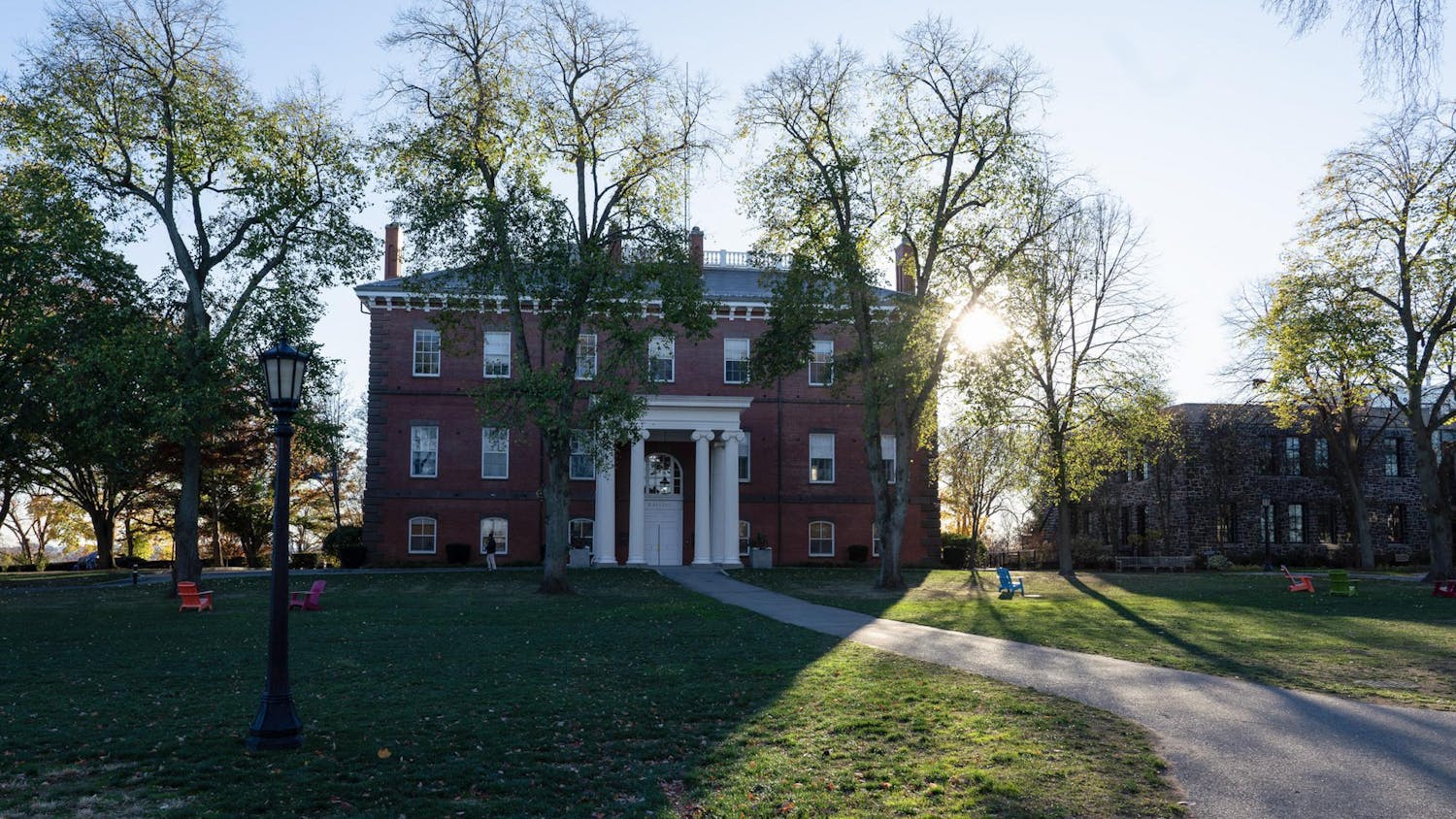Content warning:This article discusses violent crime and sexual assault.
Tufts published its annual Security and Fire Safety Report on Monday, which gives statistics of reported criminal offenses on each of the Tufts campuses: Medford/Somerville, Boston Health Sciences, Grafton, Talloires and the School of the Museum of Fine Arts (SMFA). The university creates and distributes this report annually in accordance with the Jeanne Clery Disclosure of Campus Security Policy and Campus Crime Statistics Act, which requires universities participating in federal financial aid programs to publish their health and safety statistics, as well as the Drug-Free School and Communities Act and the Drug-Free Workplace Act.
Overall, there were 86 reported offenses in 2018 on the Medford/Somerville campus, a major decrease from 2017, which saw 187. The wide discrepancy between these numbers is due primarily to "Violations and Disciplinary Referrals,” which accounted for 68 of 86 offenses in 2018, and 164 of 187 offenses in 2018.
On the Health Sciences campus, there were 18 total offenses in 2018, less than half of the 44 offenses reported in 2017. Unlike the Medford/Somerville campus, there has not been a “Violations and Disciplinary Referrals” offense in the last 10 years.
Between these two campuses, there are marked differences in the rates of violent crime, a trend that consistently shows up in the annual Clery reports. In the last three years, the Boston campus has seen 18 robberies to Medford/Somerville’s two, and 25 aggravated assaults to Medford/Somerville’s six.
Clery reports from the last decade show that there have been an average of eight reported cases of rape per year on the Medford/Somerville campus. The past three years have been below average in this statistic, with the three reported rapes in 2017 being the lowest year out of the last 10.
There was a spike in the reported incidents of fondling on the Medford/Somerville campus in 2016, which saw 16 cases, while 2018 saw a relative low of four such cases. The report also indicates that there were the same number of fondling offenses on the Boston campus in 2018, as well as one reported rape in the past three years, which occured in 2016. There have been no reported cases of rape or fondling neither on the Grafton and Talloires campuses.
There is a large discrepancy between the number of offenses reported in the Clery report and the number which the Office of Equal Opportunity (OEO) provides on its website. There are a few reasons for this, including the geographical limitations of the Clery report and the rules that OEO adheres to in processing their sexual misconduct cases. Essentially, figures from these two sources will not ever align, according to Jill Zellmer, executive director of the OEO and the Title IX coordinator and 504 officer for the university.
While the Clery report statistics indicate that the past three years are the lowest of the decade in terms of number of rape and fondling offenses, OEO statistics found on its website show a high rate of sexual misconduct cases in the past three years. The number of sexual misconduct cases that OEO reports was almost twice as high in 2018, at 208 cases, than it was in 2015, which saw 109 cases, a trend that Zellmer attributed to the #MeToo movement.
Marley Hillman, a Green Dot ambassador and End Rape on Campus regional rapid response team member, was skeptical of Zellmer's analysis. They said that, while the #MeToo movement could have led to more widespread reporting of sexual misconduct, the increase could also reflect an increase in incidents of sexual violence.
Hillman noted that the discrepancy could result from people, in particular people of color, being uncomfortable approaching the police.
Zellmer also shed light on some of the key differences between OEO’s statistics and those presented in the Clery report.
“TUPD [Tufts University Police Department] standards of law are a higher standard than the Tufts OEO policies,” Zellmer said in an email. “If a community member makes derogatory comments or slurs based on a protected category to another community member, these words are not enough to meet the threshold of a hate crime based on race, national origin or other protected category.”
The Clery report indicates that there have been no hate crimes on the Medford/Somerville, Grafton and Talloires campuses in the past three years. On the Boston campus, there was an instance of intimidation based on ethnicity in 2018, in addition to a case of simple assault with a racial bias in 2016.
The data presented in the annual report is published by the Tufts Department of Public Safety, but it collaborates with numerous departments and host city law enforcement agencies to create the report, TUPD Deputy Chief Linda O’Brien said in an email.
O’Brien also detailed how the university assessed the data in order to address the threat of crime and inform policy decisions related to campus safety.
“The University routinely reviews crime data, safety concerns, physical security and community concerns to enhance the safety and security of our community,” O’Brien said. “For example, the data might suggest where to deploy prevention programming and outreach and education efforts.”
Providing knowledge of how to report incidents and information about access to resources for survivors was another important aspect of the report that O'Brien emphasized over email.
Besides two burglaries on the Grafton campus, there have been no reported crimes on the Grafton, SMFA or Talloires campuses for the past three years. Furthermore, there have been no incidents of murder or manslaughter in the last 10 years on any of Tufts’ campuses, except for a 2017 murder on the Tufts Health Sciences campus.
More from The Tufts Daily





